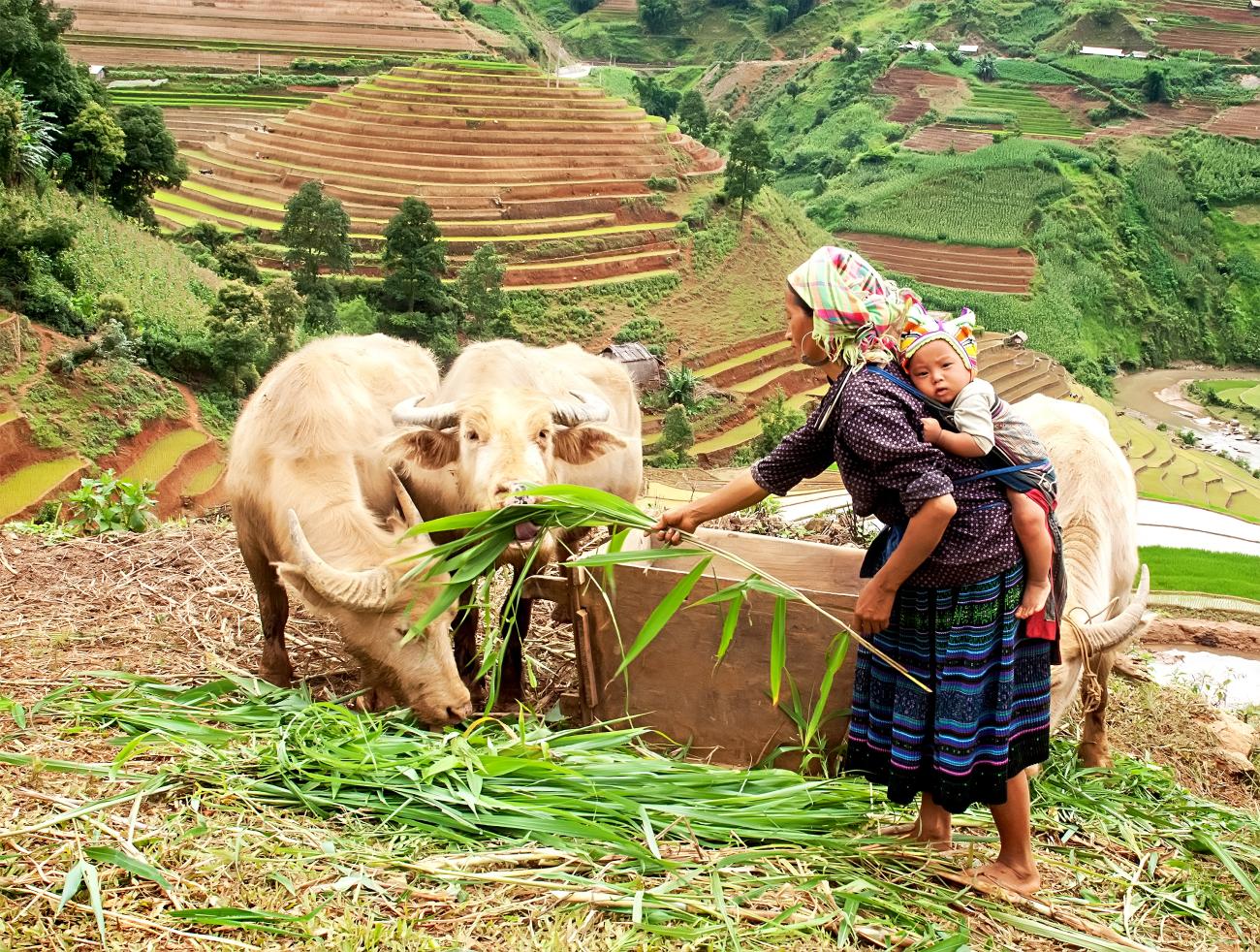Viet Nam has seen remarkable progress in the reduction of rural poverty in recent decades.
Viet Nam has seen remarkable progress in the reduction of rural poverty in recent decades. In 2018, the agricultural sector witnessed a growth rate of 2.9 per cent, the highest rate in the 2012-2018 period, with the livestock sector leading as one of the fastest growing subsectors (Source: GSO). However, Viet Nam’s agriculture faces many challenges including the growing demand for highquality, safe and consistent livestock products, difficulties in preventing and treating diseases, and growing the environmental impacts of intensive production and processing of livestock. The lack of data, analysis and evaluation and monitoring mechanisms has been preventing efforts in making informed policy choices to address these challenges.
The project “Development of a Livestock Policy Analysis and Monitoring System”, funded by FAO, built national capacity to design, implement and scale up effective livestock policy analysis and monitoring. In 2018, the project conducted a thorough assessment of the social, economic, health and environmental implications of alternative policy choices, programmes and projects in relevant agencies within and outside MARD, contributing to improved policy choices. A livestock monitoring platform developed in line with guidelines and indicators was piloted in 240 production units, including households and farms, throughout five provinces in Viet Nam. Twenty officers, researchers and lecturers were equipped with a new data envelopment analysis tool to assess the impacts of economic efficiency on livestock production. Through an in-depth study of relevant policies and mechanisms, the project also produced a policy brief, with suggested policy options to support MARD in addressing the impacts of the price crisis in the livestock subsector which occurred in the second half of 2017. The project helped to establish long-term partnerships among government agencies, non-government actors and international agencies and platforms. The issue of gender was central to all project activities and partnerships.








